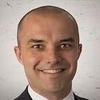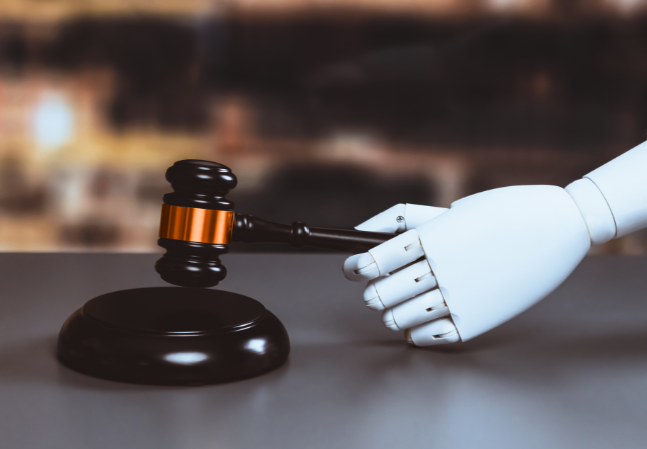Welcome! Save 30% on all CLE, CPE, and Professional Skills webinars, plus 15% off any annual pass with code HOLIDAY25
About the Course
Introduction
This CLE webinar will guide patent counsel on identifying and addressing patent infringement risks in the product development process. The panel will examine how the courts have applied Halo and offer strategies for minimizing patent infringement risk.
Description
New product development creates important business opportunities but also raises significant IP risks. IP is an essential business asset and in each phase of development counsel should evaluate the risk of patent infringement.
In Halo Electronics v. Pulse Electronics (U.S. 2016), the Supreme Court relaxed the standard for establishing willful infringement, leaving alleged infringers vulnerable to enhanced damages. Consequently, identifying and managing infringement risk is more important in the product development process.
Patent counsel should establish and implement search and analysis strategies to uncover enforceable patents that may prove to be a roadblock to the development and marketing of a product.
Listen as our authoritative panel of patent attorneys discusses identifying and addressing patent infringement risk as part of the product development process. The panel will examine how the courts have applied Halo and offer guidance for minimizing patent infringement risk.
Presented By

Mr. Ansems is Chief IP Counsel of the Building Automation business at Honeywell International Inc., based based in Minneapolis. He manages all aspects of intellectual property, including global patent strategy development, patent prosecution, patent licensing and enforcement, freedom to operate analysis, M&A due diligence, and manages litigation, IPRs and oppositions. Mr. Ansems has over 20 years of experience at managing complex IP issues and has been recognized as a top corporate IP counsel and strategist by several prominent IP publications.

Mr. Hipkins is Chair of the firm’s Patents Group. He helps technology-driven clients minimize patent infringement risk by developing noninfringement and invalidity positions with respect to their competitors’ patents, while also helping protect and leverage their own technology. Mr. Hipkins assists clients with complex freedom-to-operate issues. He works to stake out noninfringement and/or invalidity positions, and when needed, documents those positions in concise written opinions. Mr. Hipkins also helps protect his clients’ technology by drafting and prosecuting patent applications. His clients value his detailed understanding of their machines, mechanical and electro-mechanical devices, software, and manufacturing processes, as well as his skillful approach to working with patent examiners to move applications through to allowance.

Mr. Totten focuses his practice on patent and trade secret litigation, post-grant validity challenges, and client counseling in the mechanical and electrical fields. He has extensive experience managing litigation teams involved in complex intellectual property disputes, developing and briefing claim construction and summary judgment positions. His litigation practice includes representing clients in post-grant review (PGR) proceedings. His work includes coordinating PTAB proceedings and ongoing district court litigation.
-
This 90-minute webinar is eligible in most states for 1.5 CLE credits.
-
Live Online
On Demand
Date + Time
- event
Monday, November 18, 2024
- schedule
1:00 p.m. ET./10:00 a.m. PT
- Identifying and addressing patent infringement risk in new product development
- Court treatment post-Halo
- Practical guidance for minimizing infringement risk
The panel will review these and other key issues:
- What are best practices for patent counsel when analyzing infringement risk issues in the product development process?
- When should counsel seek opinions to protect new research and products from infringement claims?
- How are courts ruling on enhanced damages since the Halo decision?
Unlimited access to premium CLE courses:
- Annual access
- Available live and on-demand
- Best for attorneys and legal professionals
Unlimited access to premium CPE courses.:
- Annual access
- Available live and on-demand
- Best for CPAs and tax professionals
Unlimited access to premium CLE, CPE, Professional Skills and Practice-Ready courses.:
- Annual access
- Available live and on-demand
- Best for legal, accounting, and tax professionals
Unlimited access to Professional Skills and Practice-Ready courses:
- Annual access
- Available on-demand
- Best for new attorneys
Related Courses

Navigating the Cannabis and Psychedelic Patent Landscape: Trends, Challenges and Future Directions
Thursday, December 11, 2025
1:00 p.m. ET./10:00 a.m. PT



